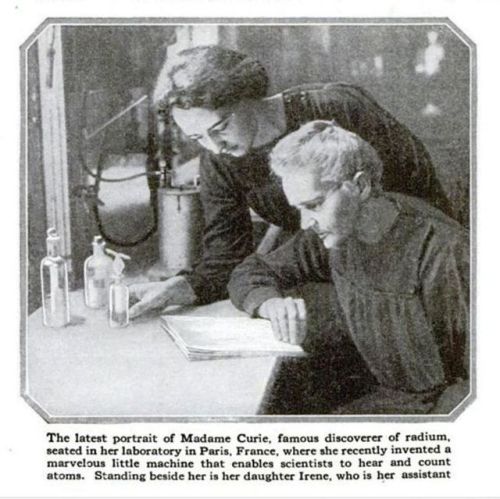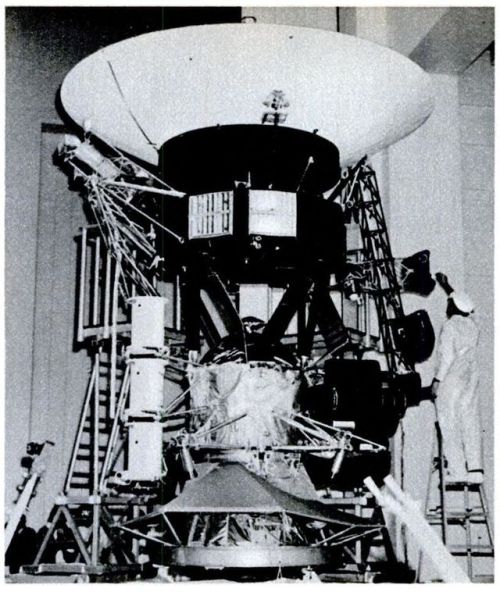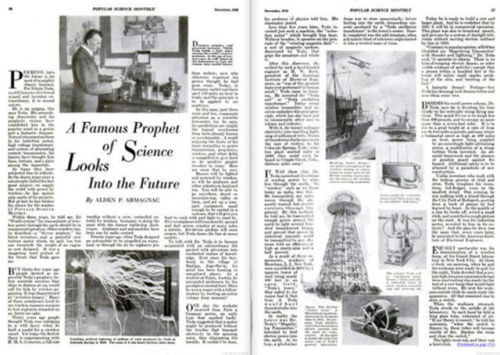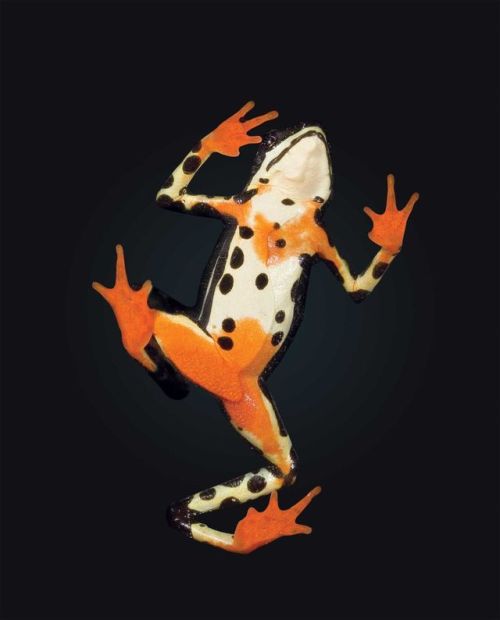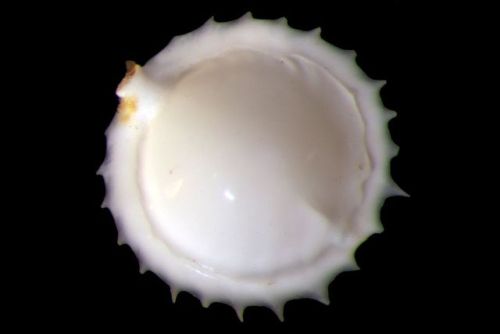#popsci
Today, we’re honoring the late Carl Sagan—who would have been 83 today. And we can’t think of anyone who inspired so many people to love science and the universe. For our September 1972 issue, we sat down for an interview with Carl Sagan about our rusty neighbor, Mars. For several months before our interview, @nasa‘s Mariner 9 spaceprobe had been sending back thousands of photographs of the planet’s surface which raised more questions than they answered. And the man who reminded us we are all made of starstuff, dissected some of Mars’ mysteries in his trademark educational and awe-inspiring way. If only Professor Sagan could see what we’re doing on Mars now!
Head here to read that interview in its entirety
Post link
On this day in 1867—150 years ago—Marie Curie was born! The pioneering chemist, physicist, and first woman to win the Nobel Prize was featured prominently in our April 1924 story, Science Sees, Hears, Counts Atoms, and by that point, Curie had already won two Nobel prizes for her studies on radioactivity and for her discovery of radium polonium. As if those accomplishments weren’t significant enough, Curie also impressed us with her prototype for a machine that would permit researchers to visualize and hear atoms. Equipped with a radio loudspeaker, the machine would amplify the movements of helium atoms shot from polonium. Audiences could then use the subsequent ticking noise to count the atoms as they were dispelled. Here’s to Marie Curie, quite possibly the greatest scientist who has ever lived.
Post link
40 years ago today, on September 5, 1977, Voyager 1 launched and forever changed our understanding of the universe. 12 days later, Voyager 2 took off. One month before the two spacecraft departed from Earth, Popular Science went in-depth with the scientists behind the Voyager program to find out how it was planned, @nasa’s goals for the spacecraft, and what would happen if something went wrong with Voyager 1 or 2.
Read our original coverage here
(Pictured here—from the August 1977 issue of Popular Science—at NASAJet Propulsion Laboratory in Pasadena, Calif., final touches are put on 1750-pound Voyager.)
Post link
On this day in 1856, Nikola Tesla was born! We had the privilege of interviewing him back in November 1928 on his predictions for the future, and naturally, the experience blew our minds. Here’s what we said about the scientist: “To talk with Dr. Tesla is to become acquainted with an extraordinary life packed with adventure into uncharted realms of knowledge.”
Read more from our 1928 piece ‘A famous prophet of science looks into the future’
Post link
Here are eight species living on the brink, thanks to weather and climate change
A volatile future will affect way more than just the polar bears.
Post link
The abyss is back, and this time it spat up a penis (worm). At the end of May, we brought you a roundup of the strangest creatures dragged from the depths of the Australian abyssal zone, and you probably thought nature couldn’t get any weirder. Well, nature never ceases to amaze us.
The strange species of the Australian Eastern Abyss
Post link



